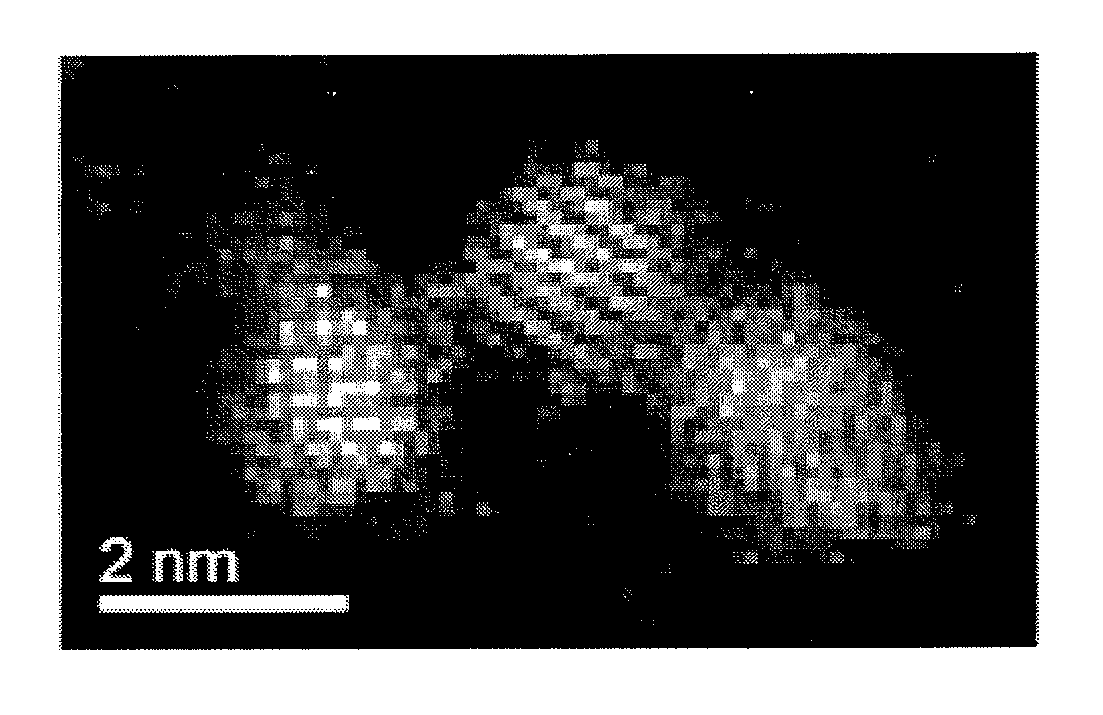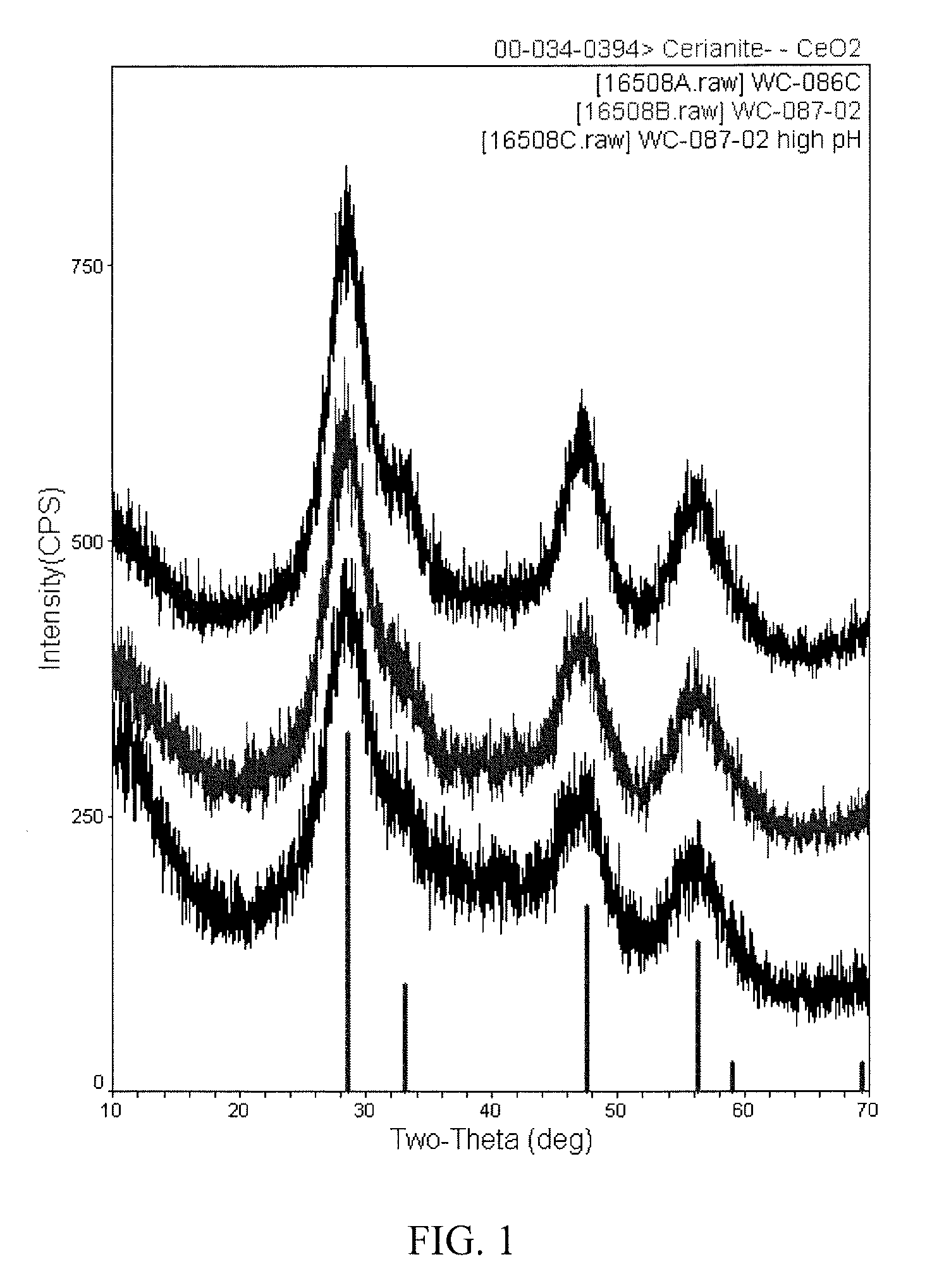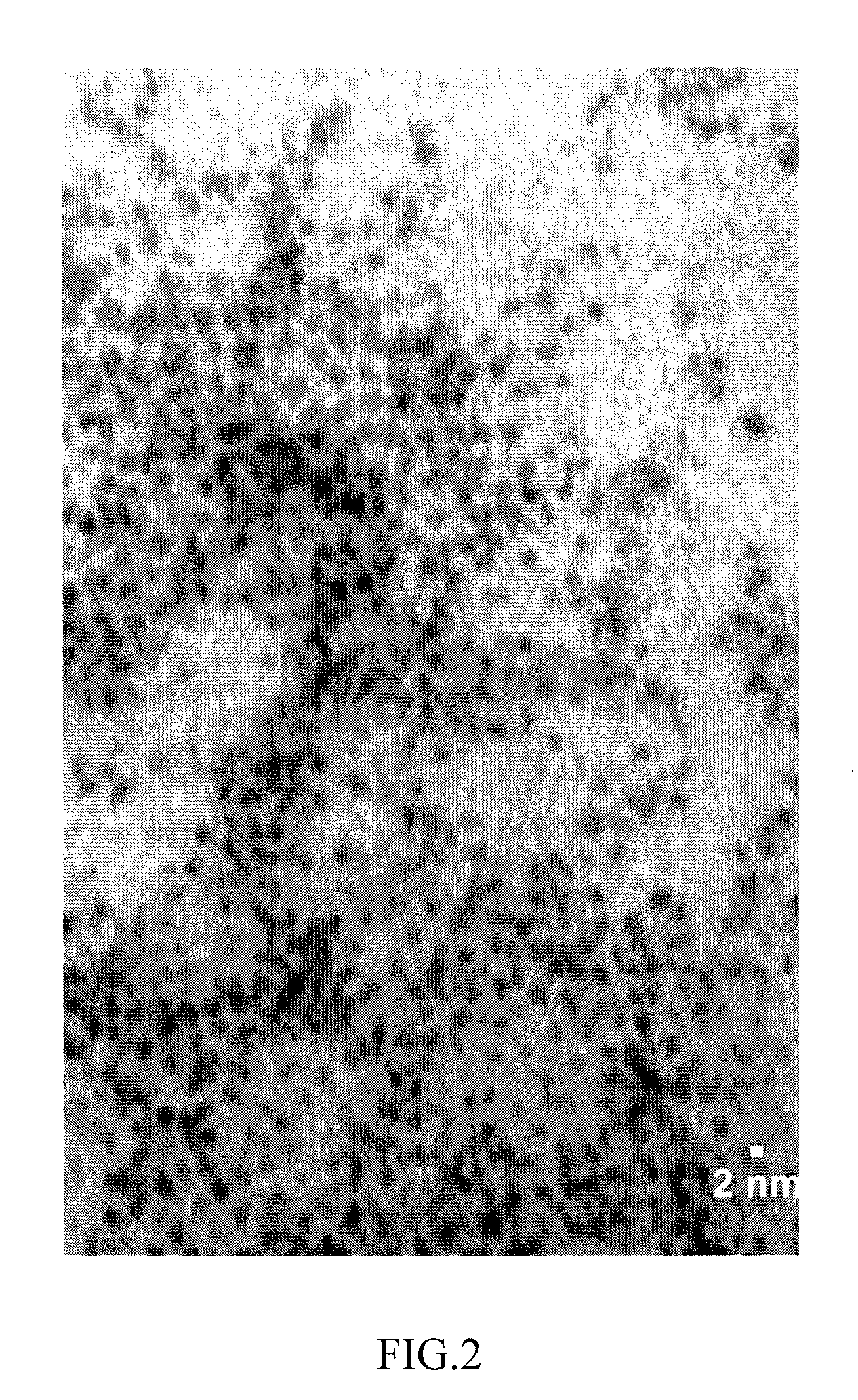Nanoceria for the treatment of oxidative stress
a technology of oxidative stress and nanoceria, applied in the field of nanomedicine, can solve the problems of reduced efficacy and deliverability, large variability in the administration of nanoceria derived from these sources, and higher than desired toxicity to mammalian cells
- Summary
- Abstract
- Description
- Claims
- Application Information
AI Technical Summary
Benefits of technology
Problems solved by technology
Method used
Image
Examples
Embodiment Construction
[0067]It is to be understood that elements not specifically shown or described may take various forms well known to those skilled in the art. The invention is defined by the claims.
[0068]As used herein, the term nanoparticle includes particles having a mean diameter of less than 100 nm. For the purposes of this disclosure, unless otherwise stated, the diameter of a nanoparticle refers to its hydrodynamic diameter, which is the diameter determined by dynamic light scattering technique and includes molecular adsorbates and the accompanying solvation shell of the particle. Alternatively, the geometric particle diameter can be estimated by analysis of transmission electron micrographs (TEM).
[0069]As used herein, various cerium-containing materials are interchangeably described as “ceria”, “cerium oxide” or “cerium dioxide.” It will be understood by one skilled in the chemical arts, that the actual oxidic anions present in these materials may comprise oxide anions or hydroxide anions, or...
PUM
| Property | Measurement | Unit |
|---|---|---|
| molar ratio | aaaaa | aaaaa |
| particle size | aaaaa | aaaaa |
| size | aaaaa | aaaaa |
Abstract
Description
Claims
Application Information
 Login to View More
Login to View More - R&D
- Intellectual Property
- Life Sciences
- Materials
- Tech Scout
- Unparalleled Data Quality
- Higher Quality Content
- 60% Fewer Hallucinations
Browse by: Latest US Patents, China's latest patents, Technical Efficacy Thesaurus, Application Domain, Technology Topic, Popular Technical Reports.
© 2025 PatSnap. All rights reserved.Legal|Privacy policy|Modern Slavery Act Transparency Statement|Sitemap|About US| Contact US: help@patsnap.com



